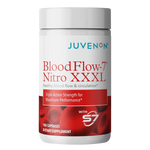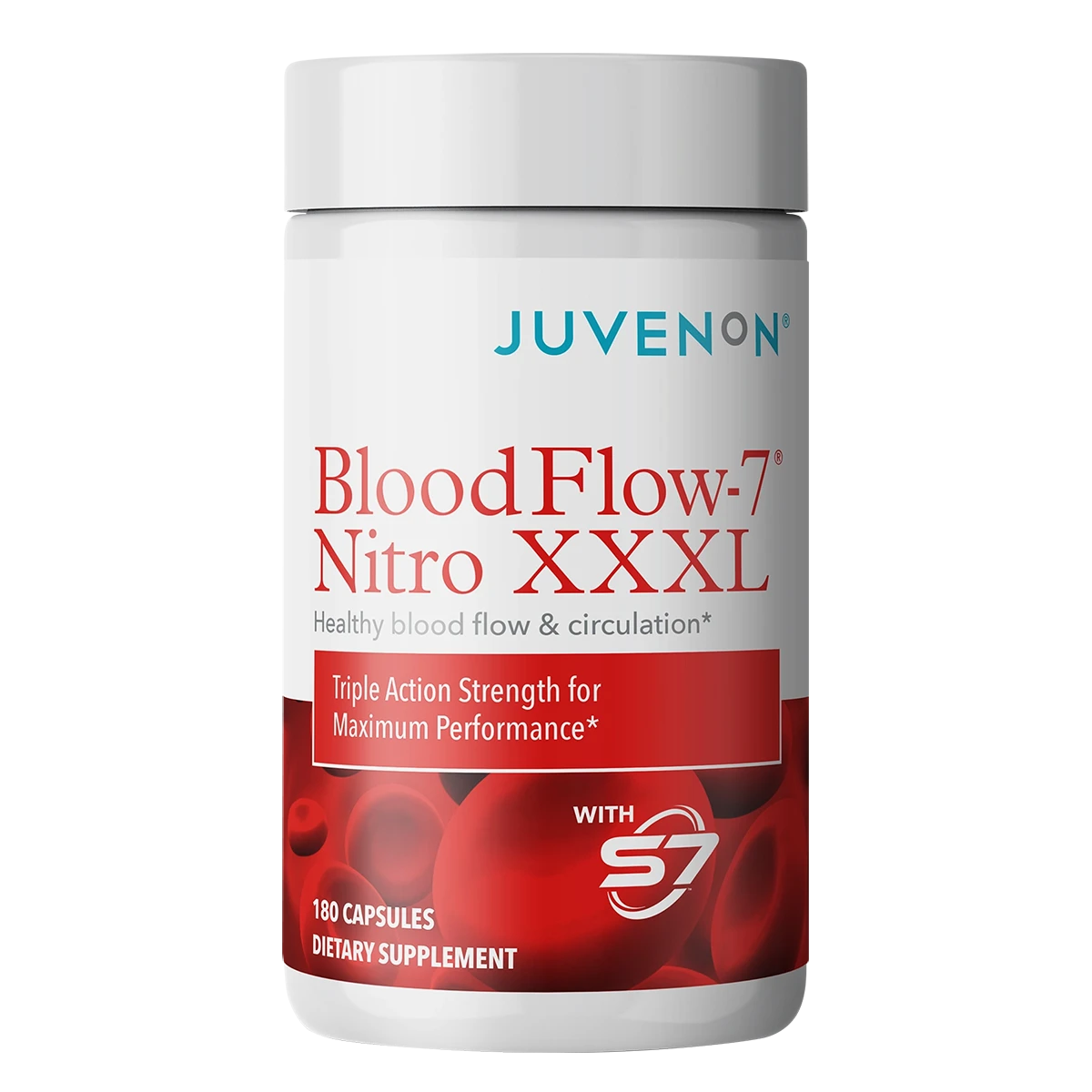
In the past two issues of the Juvenon Health Journal, we’ve utilized an important Harvard study – identifying the top preventable risk factors for premature mortality – as a springboard for a healthy lifestyle discussion.
While smoking and high blood pressure emerged as the top grim reapers, other factors were also significant. Obesity, physical inactivity and high blood glucose were each responsible for roughly one in 10 deaths. According to the mathematical model used by the researchers, 163,000 to 217,000 Americans die annually due to high blood glucose levels.
Interestingly, high blood glucose levels were found to be more hazardous than high LDL cholesterol, high levels of dietary salt, low omega-3 levels, high levels of trans fatty acids and alcohol use.
High glucose levels are commonly linked to increased rates of obesity and type-2 diabetes. High calorie consumption can lead to high blood glucose both directly and through the eventual development of insulin resistance, where the cells fail to respond adequately to circulating insulin.
Before we delve into the dangers of high blood glucose and emerging research, let’s review how the body metabolizes glucose.
Glucose Metabolism
Simply put, the carbohydrates we eat are converted into glucose, which can then be metabolized by the mitochondria for energy. Insulin is key to regulating carbohydrate metabolism in the body. After a meal, blood glucose levels rise, signaling the production of the hormone insulin by the pancreas. Insulin triggers the uptake of glucose for use by the cells. Any excess glucose is converted to glycogen for storage in the liver and muscles and triglycerides for storage in fat tissues for future use. However, chronic overeating and lack of physical activity can lead to insulin resistance and the accumulation of fat in fat tissue, liver, and muscle.
The Mitochondria Metabolic Relationship
Healthy mitochondrial function is fundamental to normal metabolic function. The mitochondria convert fat and carbohydrate into the energy molecule ATP, which can then be utilized by the cells, and they make reactive oxygen species (ROS), also known as free radicals, as a byproduct of this conversion. ROS from the mitochondria signal or control the balance between energy utilization and storage through a mechanism called redox signaling.
Redox signaling facilitates a series of feedback and regulatory steps that enable the mitochondria to match cellular ATP demands. For example, this signal tells mitochondria to respond to over-nutrition and low ATP demand by slowing the TCA cycle and b-oxidation of fatty acids, while simultaneously increasing the breakdown of carbohydrates for fat storage.
If the supply of carbohydrate is greater than that required for mitochondrial ATP synthesis, it will be exported from the mitochondria for storage as fat. Redox signaling is important for controlling several pathways, most notably the insulin pathway, and for integrating how the whole body stores transient excesses in nutrient supply.
The Potential Origins of Insulin Resistance
Recent studies have shown that aging as well as chronic excess nutrition and physical inactivity can diminish mitochondrial health. Mitochondria with diminished health produce increased ROS. ROS is the driver of redox signaling, which controls the insulin pathway. Ultimately, diminished mitochondrial health leads to the delivery of faulty redox signaling to the insulin pathway.
The emerging theory is stated simplistically as follows: High ROS from the mitochondria signals the insulin pathway that the cell is producing lots of energy, and already has enough glucose. So rather than pumping glucose into the cell, the insulin lets the glucose circulate in the blood. However, in an individual with diminished mitochondrial health, high ROS is a false signal. The individual’s cells may be starving for glucose, but the high ROS tricks the insulin into keeping the glucose in the blood. This leads to low energy levels and high blood glucose levels in the individual.
Redox Signaling Implicated in a Variety of Diseases
Alterations of mitochondrial function, dynamics, and biogenesis have been observed in various metabolic disorders, including aging, cancer, diabetes, and obesity. Diminished or dysfunctional mitochondria and ROS signaling disruption may explain how some of these health issues could arise. The example discussed here is insulin resistance, which is a hallmark of aging and of metabolic syndrome, and is associated with elevated mitochondrial ROS.
These findings also suggest that mitochondrial ROS production may be a possible therapeutic target in tackling insulin resistance and metabolic syndrome. This is supported by several animal studies where mitochondria-targeted antioxidants, including supplements, have shown promise in tackling some aspects of metabolic syndrome.
Editor’s Note: This post was originally published on June 7, 2017, and has been updated for quality and relevancy.






















